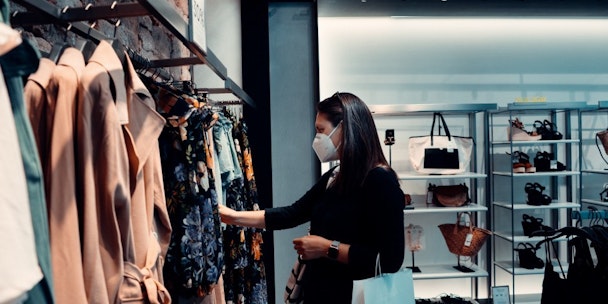How brands can harness behaviour change
Around the world people have learned to live with the changes brought about by Covid-19, after close to a year of turmoil, notes Fionn Hyndman, the managing director for Asia at Blis. This means while many countries in Asia have fared better than the rest of the world, consumers here have also needed to adapt.

The very fact that people are leaving their homes has now become a point of interest for brands across Asia.
Differences in where consumers are in a local area, how they move about and how they interact with others can indicate how they have changed their behaviour. But reading these patterns has never been more difficult, especially for global brands, operating across different markets at different stages on the road to recovery.
Understanding the different stages of crisis, stability and recovery and where along the spectrum a particular market sits is key for any brand strategy heading into 2021. By examining how the ever-changing circumstances have impacted daily routines and newly established behaviours, brands can harness the changes to meet their consumers adapted needs.
Keep the focus local
While previously brands may have focused on global or national audiences, right now brands need to focus their efforts on localisation. At this stage, how people react is primarily driven by how the pandemic is impacting their local region – particularly in Asia where travel between countries is still strictly limited. We’ve seen how the proposed travel corridors between Hong Kong and Singapore, due to launch last week, had to be postponed following further outbreaks.
There is a noticeable lack of uniformity for how certain areas are affected more than others and while case numbers are generally viewed at a national level, governments and local authorities are implementing regionalised restrictions. We saw this in Hanoi (Vietnam) and Marawai (Philippines), where tight lockdowns were enforced on local regions of the countries, while other cities had fewer restrictions. This patchwork approach looks set to continue throughout the rest of this year and into 2021.
Address the shift in movement
Where consumers reside is more than likely to remain static. But how they get around this area, whether through private or public transport is indicative of how safe they feel in the physical environment. For those not working from home, travelling around remains an essential part of their daily life. As outbreaks occur consumers are demonstrating agility in their previously most rigid routine, the daily commute.
The very fact that people are leaving their homes has now become a point of interest for brands across Asia. For those who are returning to offices and workspaces media consumption has resumed to relatively ‘normal’ levels. However, for those working from home, this trend has been altered dramatically. This shift means even greater changes to media plans for brands and a more granular approach when targeting audiences.
Monitor confidence and caution levels
Amidst all of this upheaval, people are experiencing Covid-fatigue. The ongoing uncertainty about the pandemic is compounded by the economic recession, high unemployment rates, potential job cuts across industries and political maneuvering. As a result of all of this upheaval, some are looking to rebalance their risk appetite and find a semblance of normality. The early embracers are the group most likely to take risks, which previously wouldn’t have been considered risky behaviour; dining at a restaurant, sitting at a bar with friends, going to the gym.
This isn’t to say that just because restrictions in countries like Singapore are being lifted, people are being reckless. There is still a prominent air of trepidation about the virus across Asia. Most people are hesitant to go out much, particularly the elderly or those with elderly relatives. As a region that has seen the devastating impact of SARS, there’s a much higher prevalence of compliance, which is perhaps one of the reasons that subsequent waves haven’t been as severe as in other parts of the world.
We know that humans are resilient, adapting and changing behaviour to meet the needs of themselves and their families. But right now they’re out of their comfort zone and concerned for a future that they can’t plan for themselves. APAC Brands that understand how consumer behaviour has changed and the reasons why and harness it in their strategies will be well-positioned to survive and thrive this upcoming holiday season.
Fionn Hyndman is the managing director for Asia at Blis
